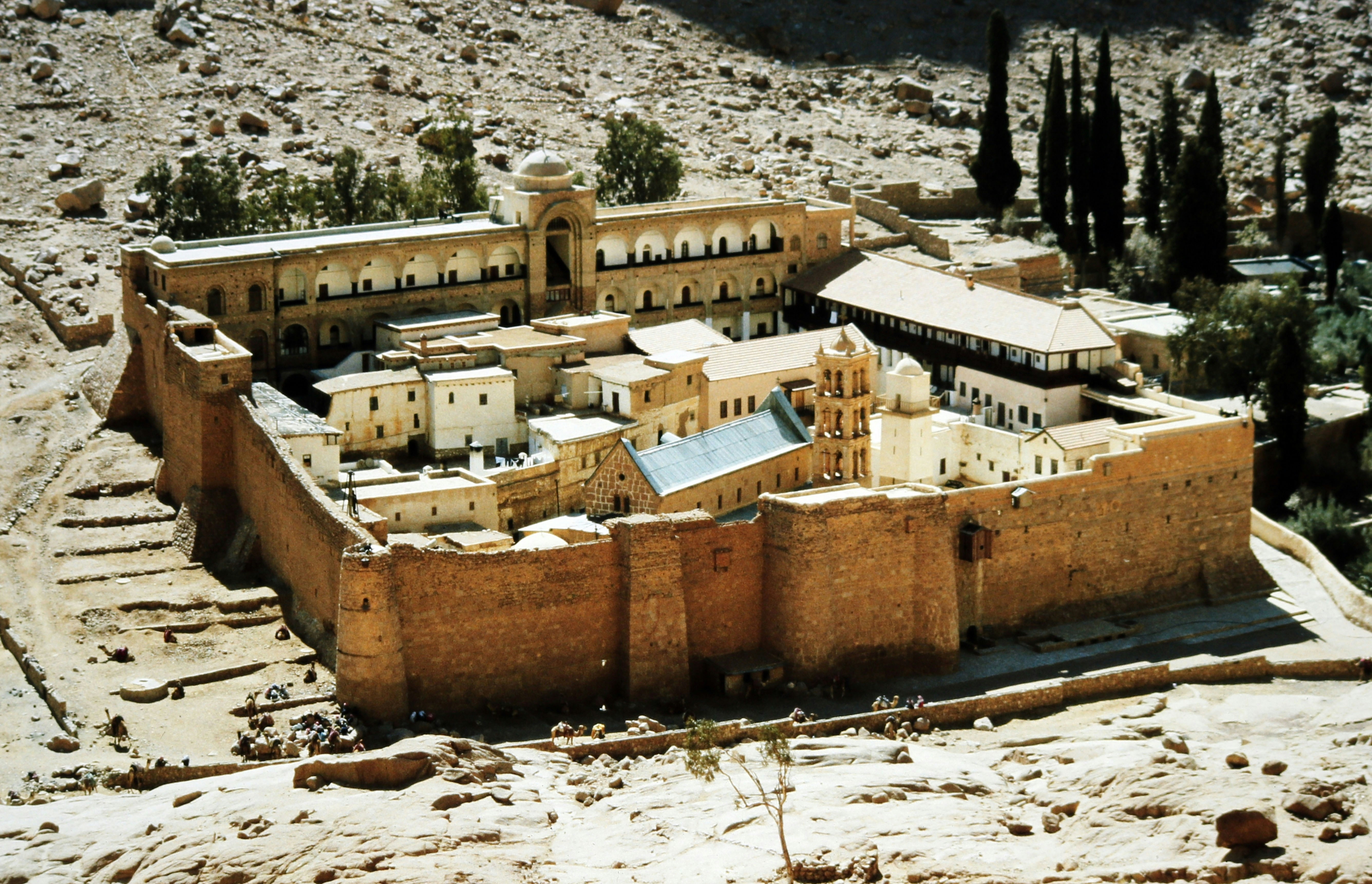RFI Senior Fellow Charles Ramsey wrote an article for ReligionUnplugged reflecting on his recent visit to Iran, in which he met with political leaders such as the late Iranian president’s wife, as well as everyday citizens. Ramsey shares his observations on the current political and religious climate there, including the ongoing influences of the “Islamic revolution” and those who quietly and faithfully resist it. He writes:
I am in Iran. The president has died. And they think I did it.
Or at least that is what it felt like on Sunday evening, May 20, when news came that Ebrahim Raisi’s helicopter was forced to make a “hard landing” in the rugged mountains near Tabriz.
We were to meet in the lobby at 7:30 p.m. sharp for dinner with the president at the elegant Golestan Palace, but the somber faces and expressions of consternation made it clear that something was terribly wrong.
“The helicopter of our beloved president took a hard landing, and we do not know the situation.” Heavy fog had set in on the flight path from Azerbaijan back to Tehran, and there was no news of survivors. “Our apologies. We will cancel tonight. Remain in prayer for our beloved country.”
Over the next 24 hours, the country collectively held its breath as reports gradually emerged of Raisi’s demise, along with Foreign Minister Hossein Amirabdollahian and six others. In a land fed by the blood of martyrs, suspicions turned quickly to foul play.
“If there were three helicopters, why did only the president’s crash?”
The foreign enemy has its ways with technology and subterfuge.
“If the weather was so bad, then why did the military allow them to fly?”
The enemies on the inside who oppose the revolution are jealous of the president’s success and ascending power. Iranians see themselves in an existential battle against surrounding Sunni regimes and their Western backers, as instigated by their archenemy Israel.
Read the full article: “On The Ground In Iran: The Islamic Revolution And Faithful Resistance.”
THE RFI BLOG

Is Egypt’s Government Trying To Take Over Christianity’s Most Important Monastery?

Does Southeast Asia Lead the World in Human Flourishing?

RFI Leads Training Session on Religious Freedom Law and Policy for U.S. Army War College

Oral Argument in Charter School Case Highlights Unconstitutional Motives Behind OK Attorney General’s Establishment Clause Claim

Largest Longitudinal Study of Human Flourishing Ever Shows Religion’s Importance
CORNERSTONE FORUM

Reaffirming Religious Freedom: Bridging U.S. Advocacy and Iraq’s Constitutional Framework

Political Polarization, Same-Sex Marriage and Religious Liberty

Bridging the Gap Between International Efforts and Local Realities: Advancing Religious Freedom in the MENA Region

Challenges to Religious Freedom in Iraq and the Critical Need for Action

